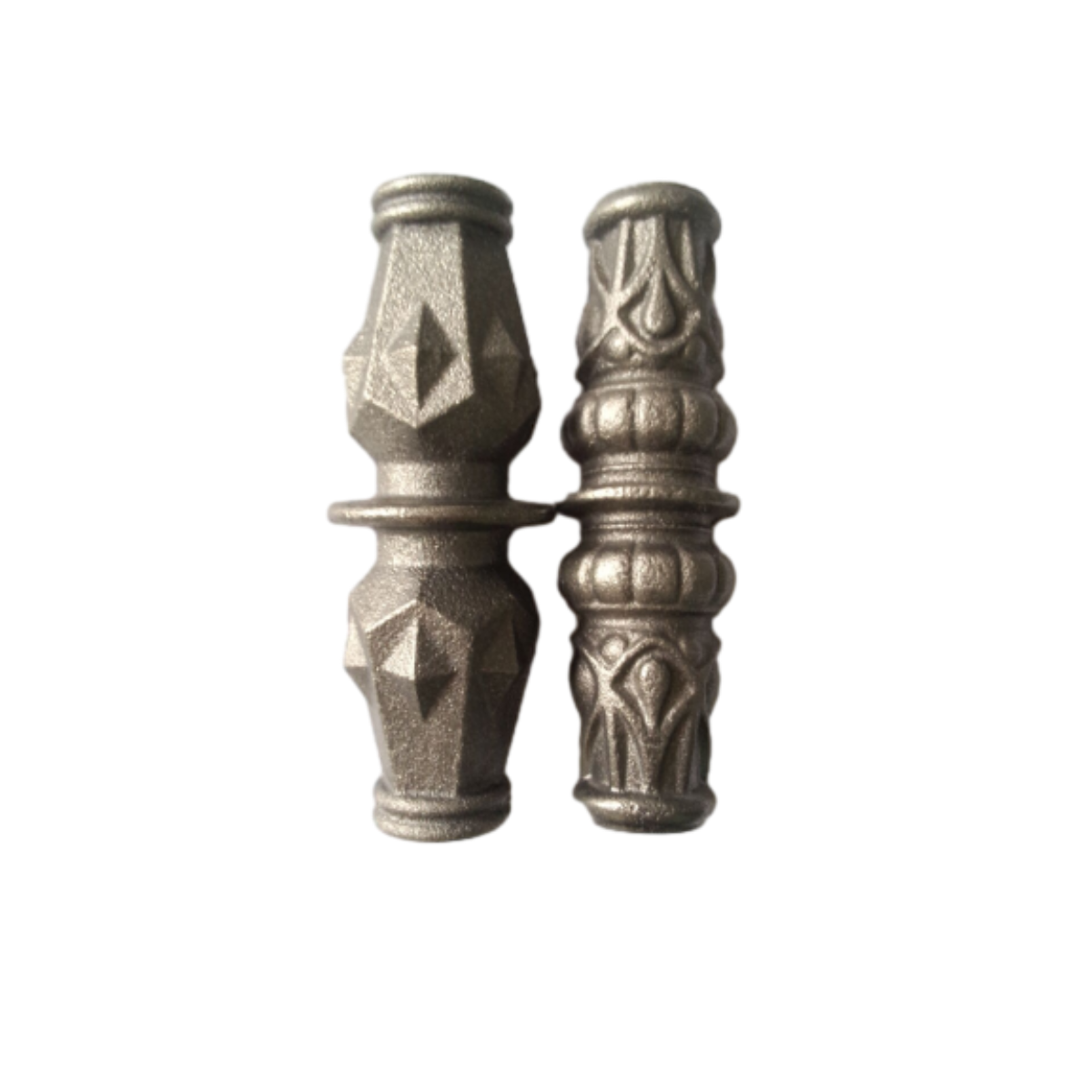does wrought iron rust
Does Wrought Iron Rust?
Wrought iron is a type of iron that has been heated and worked with tools to create a malleable and ductile material. Historically, it has been preferred for various applications, ranging from architecture to handrails, gates, and decorative items. However, a common query arises regarding the durability of wrought iron Does wrought iron rust?
To answer this question, we must first understand what rust is. Rust is the corrosion product of iron, primarily formed when iron or its alloys react with moisture in the presence of oxygen. This chemical reaction leads to the formation of iron oxides, which are usually characterized by their reddish-brown color. Thus, any iron product, including wrought iron, is susceptible to rusting when exposed to moisture and air over time.
Wrought iron, however, exhibits certain characteristics that can influence its tendency to rust. One significant factor is the low carbon content in wrought iron, which is around 0.1% to 0.2%, compared to cast iron, which contains about 2% to 4% carbon. This lower carbon content makes wrought iron softer and more resistant to impacts, yet it does not primarily protect against rust. Instead, this malleability allows for the creation of intricate designs and robust structures.
does wrought iron rust

Despite being more malleable, wrought iron is often alloyed with other elements, such as slag, which can provide some degree of natural protection against rust. Slag comprises residues from the iron-making process and is incorporated into the iron, allowing it to resist corrosion somewhat better than other forms of iron. Interestingly, the presence of slag can be observed in the characteristic fibrous structure of wrought iron when it is fractured, which contributes to its aesthetic appeal in decorative applications.
Nonetheless, even with its unique properties, wrought iron can still rust when water and oxygen are present. Factors such as environmental conditions, exposure to saltwater, humidity, and direct contact with soil can increase the chances of rust formation. If wrought iron is left unprotected for extended periods, it will indeed develop rust, leading to deterioration.
To combat rusting, various protective measures can be employed. One common method is the application of paint or a protective coating, which creates a barrier between the wrought iron and the environment. Regular maintenance, including cleaning and repainting when necessary, can significantly extend the lifespan of wrought iron items. Additionally, galvanizing is another technique used to protect wrought iron from rust. This involves applying a layer of zinc to the iron surface, which acts as a sacrificial anode and prevents the underlying metal from contacting moisture and oxygen.
In conclusion, wrought iron does rust, like any form of iron. However, its lower carbon content and the presence of slag in its structure can provide some resistance to corrosion compared to other types of iron. To maintain wrought iron items and prevent rust formation, it is essential to apply protective coatings and implement regular maintenance practices. By doing so, one can enjoy the beauty and durability of wrought iron for generations to come.
-
Wrought Iron Components: Timeless Elegance and Structural StrengthNewsJul.28,2025
-
Window Hardware Essentials: Rollers, Handles, and Locking SolutionsNewsJul.28,2025
-
Small Agricultural Processing Machines: Corn Threshers, Cassava Chippers, Grain Peelers & Chaff CuttersNewsJul.28,2025
-
Sliding Rollers: Smooth, Silent, and Built to LastNewsJul.28,2025
-
Cast Iron Stoves: Timeless Heating with Modern EfficiencyNewsJul.28,2025
-
Cast Iron Pipe and Fitting: Durable, Fire-Resistant Solutions for Plumbing and DrainageNewsJul.28,2025
-
 Wrought Iron Components: Timeless Elegance and Structural StrengthJul-28-2025Wrought Iron Components: Timeless Elegance and Structural Strength
Wrought Iron Components: Timeless Elegance and Structural StrengthJul-28-2025Wrought Iron Components: Timeless Elegance and Structural Strength -
 Window Hardware Essentials: Rollers, Handles, and Locking SolutionsJul-28-2025Window Hardware Essentials: Rollers, Handles, and Locking Solutions
Window Hardware Essentials: Rollers, Handles, and Locking SolutionsJul-28-2025Window Hardware Essentials: Rollers, Handles, and Locking Solutions -
 Small Agricultural Processing Machines: Corn Threshers, Cassava Chippers, Grain Peelers & Chaff CuttersJul-28-2025Small Agricultural Processing Machines: Corn Threshers, Cassava Chippers, Grain Peelers & Chaff Cutters
Small Agricultural Processing Machines: Corn Threshers, Cassava Chippers, Grain Peelers & Chaff CuttersJul-28-2025Small Agricultural Processing Machines: Corn Threshers, Cassava Chippers, Grain Peelers & Chaff Cutters












